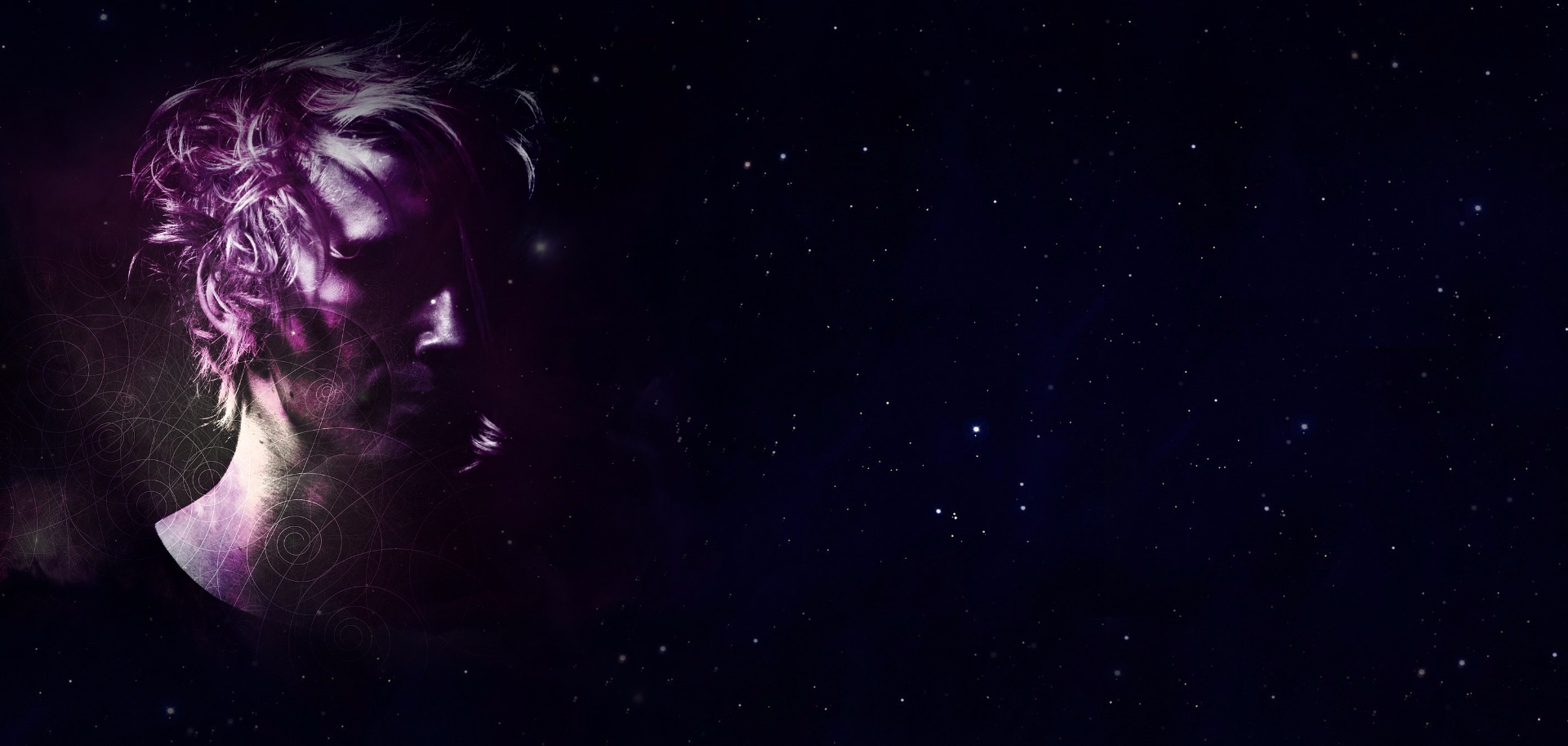
Research

What is a "Music Video?"
And what is its purpose?
A Music Video is a form of media that is used to promote a newly released song/album in the form of musical video with the artist present within it. This is typically done to reach and gain more audiences through the use of a video format for the song, with the videos themselves leaving several different links to the song/album in the video description to encourage people to buy the song for themselves, so that they may be able to download and play the song whenever they want.
An excellent example of a music video that garnered quite a huge audience is the popular Despacito music video made by Luis Fonsi, which has nearly gained 8 Billion views as of writing this research in August 2022.
Collaboration
This is also done for songs that are made as a collaboration between an artist and a company to promote a film, game or animated movies/tv shows. an example of a collaborated music video that promotes a song for a show Is The Rumbling made by SiM. The music video is used to promote the final season of Attack on Titan, as well as the audio being used as the shows animated opening sequence at the start of each episode. I have also linked the full song as well as the opening version below to show my examples.
Note: These types of music videos are known by the term as synergy, Which is a form of marketing other products to wider audiences by making songs that are themed/tie-ins around the product.
The Reason for a Music Video
an obvious answer for a reason to make a music video is for money.
This extension of income can be achieved with your music being streamed by YouTube, Spotify, etc, or bought physically/digitally by MP3, BLU-RAY, DVD, CD and VINYL.
A secondary reason to make a Music Video is for promoting and getting oneself to get into multiple media platforms, giving us a extension of outlets to publish and promote our own Music Project via YouTube, Instagram, Vimeo and TV Music Channels.
Producer Strategy
A music video is not just a visual aid for the song but the producer can come up with several strategies to gain attention, with the examples being:
- Controversy
- Thought-Provoking
- Demographic-centred
- Entertainment
An example for a controversial Music Video is "Like a Prayer" by MADONA, which featured many large crosses being burned in the background of the video as well as other reasons that are featured in the video.
The First Popular Music video?
Music Television/MTV

MTV also known as Music Television, Is a cable channel that first began broadcasting promotional music videos on the first of August 1981. The channel focused mainly on broadcasting many different genres of music videos until the late 90's and early 2000's where they focused less on music videos and started creating original properties due to nearly having to shut down by overwhelming competition.
MTV nowadays is a completely different animal compared to what it used to be, with shows like MTV cribs going round doing house tours through celebrities houses and a wide selection of reality tv shows, competitive and variety shows.
Artist Research
Artist Research 1
Donna Burke
Music Samples
Here are some examples of Donna Burkes songs that I have selected:
Artist Research 2
Jamie Christopherson
Music Debut: 2000.
Exclusive Trait: Experiments with his music material and infuses his own signature style to make the piece unique and memorable.
Music Focus: orchestral, electronic rock/metal.
Websites: JamieChristopherson.com
Song Examples:
- Collective Consciousness
- Red Sun
- The Only Thing I Know For Real
Inspiration: I mainly chose him due to the amount of memorable songs he made for the boss music in Metal Gear Rising's soundtrack, with the songs giving me a lot of thought provoking ideas for my media projects.
Here are some examples of the songs that Jamie made for Metal Gear Rising:
Artist Research 3
Update: Chosen Artist
Name: Takaya Kuroda
Acting Career Start: 1984.
Band Formed: 2016.
Band Name: Takaya Kuroda & Goodfellas.
Music Focus: J-pop, J-rock and many more.
Special Trait: Deep and bass voice.
Target Audience: Primarily Japanese teens to young adults.
Legacy Artist: Though his band haven't published a song in over a year, he is very active in voice acting and has been taking many roles when he's not making music. Another reason for his popularity, more specifically for western audiences, is probably due to him being known as the voice of Kiryu Kazuma from the Like a Dragon/ Yakuza series.
Statistics: From the view counts on his bands Youtube channel, they seem to only gather only a few thousand views a video with their first music video having over 100k views. Though this is what I can find on English based websites as they may be more popular in japan due to the Japanese preferring to listen to music in physical format rather than digital. So the statistics I have may not be 100% accurate.
Song examples:
- 必ず景色は変わる (The Scenery Will Surely Change)
- Bakamitai
- Today Is a Diamond
- Machine Gun Kiss
- Judgement
Inspiration: Takaya has an amazing singing voice and the songs he's worked on from both the Yakuza games and from his own band are outstanding, and his songs are probably the first songs I thought of doing for my music video project all the way back in 2020 and now I could possibly make that a reality.
Here are some examples of songs that Takaya Kuroda has worked on:
Styles of Music Videos
Performance Music Videos: These types of music videos focus on the artist either doing a solo performance or with their band with a variety of camera angles being shot with no particular narrative in mind.
Narrative-Based Music Videos: These Music Videos usually feature a storyline with the artist/band having some form of an appearance within, though not always.
Interpretive Music Videos: These Music Videos focus on the video to visually portray the songs lyrics.
Animated Music Video:
Camera Productions
There are two types of camera production in media, with these being single and multi camera setup. A single camera is exactly how it sounds with the production being all done on a singular camera for projects such as Movies, Television and Music Videos, whereas a Multi camera setup has several cameras all recording different angles of a set at the same time for things such as a Game/Talk shows and Soap Operas.
Multi Camera Setup Example
An example of a Multi camera production is a podcast series known as Trash Taste, An anime and manga podcast set in Japan, Hosted by Joey Bizinger, Garnt Maneetapho and Connor Colquhoun. They have had different setups over the years but very similar camera angles.
Here are the camera shots from their first studio:
The wide shot shows the entirety of the set, with two of the hosts on the right side with the other host on the left side where they have more space. the left side of the set is usually where they will have their guests that appear on the podcast. There are two more cameras that focus on the hosts and guest on both sides of the set.
Singular Camera Production Example
My example of a Singular Camera Production Example is...
Audience Classification
There are four types of audience research with them being:
Social Economics: Primary research
This audience research will entirely depend on the medium's specific audiences. This focuses on many factors with examples like frequent use of technology, hobbies and studying that can be used when looking into certain social groups.
Ethnography: Quantitive
Researching the difference in habits, mutual differences and cultures.
Geodemographic: Secondary Research
This research is grouping up small areas and neighbourhoods to combine location based data along demographic analysis that is used for both commercial and scientific purposes of the area.
Psychographics: Qualitative
This is used to analyse a persons interactions on social media to predict their online behaviour to create detailed marketing towards them.
Demographics
Demographics vary from what type of marketing or media you are focusing on, but use the same principles to locate and market specific groups. This is done by creating 8 segments which can be easily done with the use of surveys. The 8 segments are labeled as age, race, ethnicity, gender, martial status, income, education and employment, though your surveys can be altered depending on what topic you wish to research.
Technical codes and conventions
There are three conventions for this particular research on music videos with it being the following:
Tropes: Tropes is the recurring themes within a music video that lets the audience become familiar with the genre of music. An example of this is grime music videos having most of the appearing cast sporting all black clothes whilst showing off jewellery they may have on them.
Camera Movement: There are many types of camera movements used in many types of videos, including music videos, like dolly, truck, boom and roll movements. These movements are used in a lot of music videos to liven them up.
Sound: There are two types of sounds used in music videos, these being diegetic and non-diegetic sound with the former being sounds added in post production of recording and the latter being what is recorded on set both on and off-screen.
Music video analysis: Homages / Sharing is caring lesson
This is both research and a Class task to find a music video and analyse it for a specific technique or style that is used in it that I may want to use for my own music video.
Chainsaw Man Opening
The Chainsaw man opening has a lot of homages to both the series authors other work as well as many film refences with examples being:
- The diner scene from Pulp Fiction.
- A panel from The Divine Comedy in the first second of the video.
- Bowling scene from The Big Lebowski.
- The "Power" font and graphic design having a similarity to Thor: Love and Thunders title.
- Opening scene to Reservoir dogs.
- The gold Globe from Fight Club.
- The graveyard scene from one of the Chainsaw Massacre films.
- A scene from Attack of the Killer Tomatoes (1978).
- An Evangelion reference at the one minute mark.
- and many, many more.
I think of also using homages in my music video in a way similar of how this video used homages.


